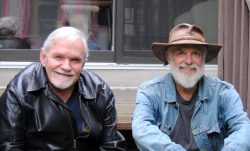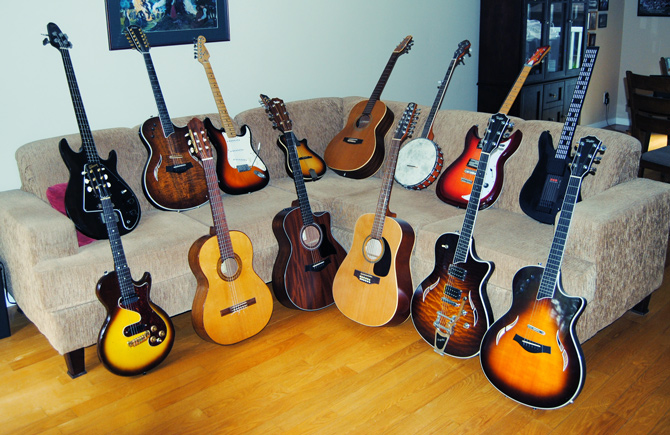In September 1962, I started my last year of grade school. I didn’t know what to expect when I would start high school the following year – I was very much an isolated, innocent boy but I loved the quiet and comfortable life I had in my beloved home town. Then, the following month, the peace of the world was removed by faceless men from foreign countries, one a neighbour, the other halfway round the world. These men decided that they would be the ones to determine the fate of the world.
On 14 October 1962, an American spy plane took photographs of Soviet ballistic missiles being installed in Cuba. Equipped with nuclear warheads, the missiles could hit targets in the United States and Canada. US President John F. Kennedy rejected calls from his military advisers to launch air strikes against the missile sites. Instead, he mounted an immediate naval blockade of Cuba. The Cuban Missile Crisis lasted for 13 days and the world’s two atomic superpowers came closer than ever to nuclear war. The stand-off ended on 28 October with the help of UN diplomats, in particular Secretary General U Thant. Soviet Premier Nikita Khrushchev agreed to dismantle and remove the Soviet missiles, in return for Kennedy’s promise not to invade Cuba. Although the crisis had been defused, the US military remained on heightened alert for three more weeks as it monitored the removal of the missiles. As part of the resolution, Kennedy also secretly promised to remove US intermediate-range Jupiter nuclear missiles from Turkey, an agreement which did not become public knowledge until the late 1980s.
In Canada, Prime Minister Diefenbaker had won the 1958 election with the biggest landslide in Canadian history but his hesitant response to the Cuban Missile Crisis led to the downfall of his regime. In the wake of the crisis, the US accused the Diefenbaker government of lying and avoiding its military duties. The Minister of National Defense Douglas Harkness resigned in February 1963 to protest Diefenbaker’s opposition to stationing American nuclear warheads in Canada. The resignation precipitated a split in the Conservative government and Diefenbaker lost to Lester B. Pearson’s Liberal Party in the 1963 election.
For a 12-year old kid, this was a very, very rude awakening. I was outraged that people completely insignificant to my life could yet decide its fate. I developed a profound hatred for the politics of belligerant nations. To this day, I hope that all belligerant people meet the death they inflict upon others. Every time I hear news of deadly conflicts in the world, I rejoice in the knowledge that belligerent people, on both sides of any conflict, are reducing their numbers in the gene pool.
Dylan’s earlier songs all came from a time when the folk revival which was taking New York City by storm was also spreading throughout North America and the world. This phenomenon preceded all the technological advancements in our lives. Invariably, Dylan’s songs were recorded alone, with just his voice, his guitar and his harmonica. Our arrangement is slower and more modern and, in the spirit of brevity, does not include all the lyrics of the original recording.
Richard Séguin – voice, acoustic 6 and 12-string guitars, electric guitars, MIDI programming (organ)
Roch Tassé – floor tom
To hear the song, click on the title below.



Ajouter un mot
You must be logged in to post a comment.